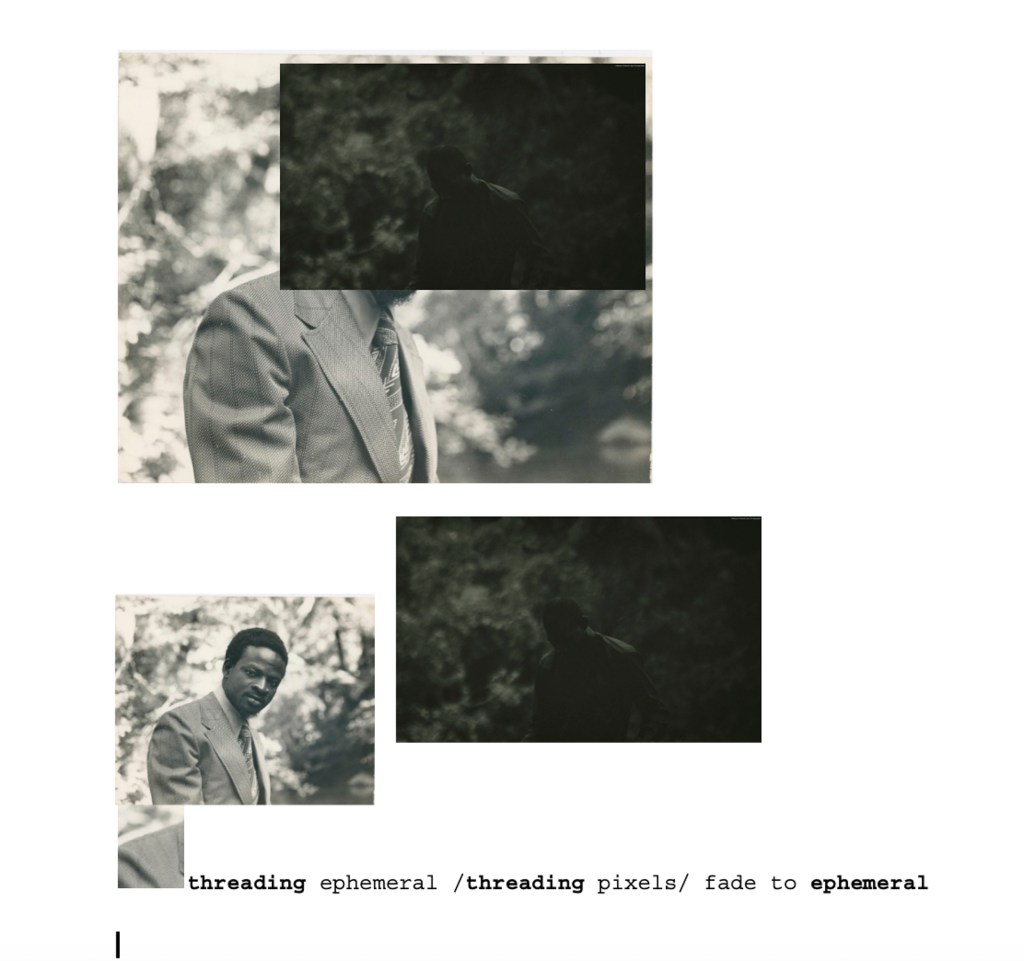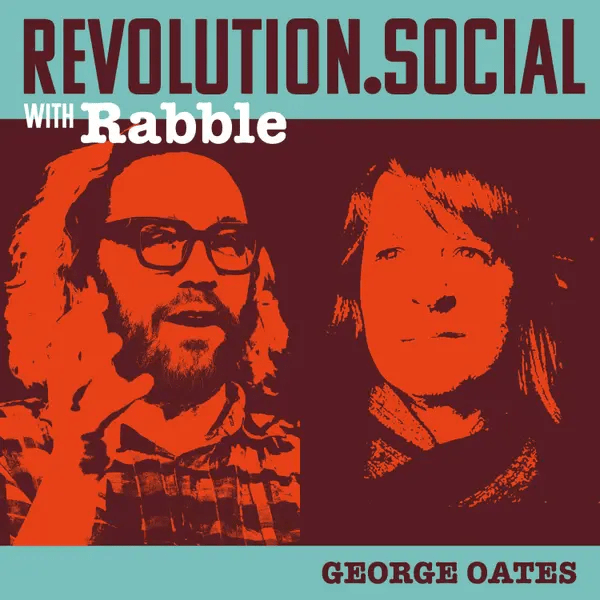No Known Copyright Restrictions: How it works

[Tower Bridge, II. (open), London, England] (LOC)
Photographs and other images in the Flickr Commons program are shared using a special assertion called ‘no known copyright restrictions.’ This mechanic was borrowed from The Library of Congress back in 2008 to kickstart the program—they had been using a similar ‘no known copyright’ on their photographic collections online for a decade before that.
About the Rights Statement
Flickr Commons member institutions may have various reasons for determining that “no known copyright restrictions” exist, like:
- The copyright is in the public domain because it has expired;
- The copyright was injected into the public domain for other reasons, such as failure to adhere to required formalities or conditions;
- The institution owns the copyright but is not interested in exercising control; or
- The institution has legal rights sufficient to authorize others to use the work without restrictions.
Copyrights on Photographs
Under Flickr Commons, cultural institutions that have reasonably concluded a photograph is free of copyright restrictions are invited to share such photograph under “no known copyright restrictions.”
Photographs can be difficult to analyze under copyright law, not only because laws around the world differ with respect to scope and duration of protection, but because the photographs themselves often lack credit lines, dates and other identifying information.
Libraries, museums and other cultural institutions have a great deal of experience with photographs because they frequently collect, preserve, document and study them in accordance with their nonprofit missions. However, in many instances, a cultural institution will not be the rights holder under copyright law. Therefore, it can neither grant permission to others who wish to use a photograph nor provide a guarantee that the photograph is in the public domain.
When Flickr Commons members assert no known copyright restrictions, they are sharing the benefit of this research without also providing an expressed or implied warranty to anyone who wants to reproduce the picture. If you want to reproduce images shared in Flickr Commons, the responsibility is yours to make your own independent analysis of your right to do so.
Each member institution is expected to publish and maintain its own Rights Statement about their interpretation of no known copyright restrictions. You can review each of these via the list of Flickr Commons member institutions.



